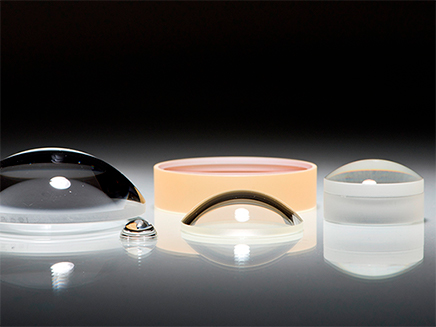Extrinsic optic sensors and it’s uses:
In extrinsic fiber-optic sensors, an optical fiber cable is used which is usually a multi-mode fiber cable that transmits the modulated light other from an electronic sensor that is connected to an optical transmitter or non-fiber optical sensors. One of the major advantages of extrinsic optical fiber sensors is their ability to reach places that are otherwise inaccessible. One of the biggest applications of these sensors is that they are used to measure the internal temperature of aircraft jet engines by using a fiber through which the radiation transmits outside of the engine where a radiation pyrometer is located. External sensors can also be used in the same way to measure the internal temperature of power transformers, where extreme electromagnetic fields present make other measurement techniques impossible. There are thin film optical coatings on the precision optical products which is coated by the pfg optics.

Extrinsic fiber-optic sensors come up with the excellent protection of measurement signals to withstand noise corruption. Unfortunately, many conventional sensors produce electrical output that must be converted into an optical signal for fiber to be used. For example, the temperature changes are converted into resistance changes in the case of a platinum resistance thermometer. Therefore, the PRT should have an electrical power supply. The modulated voltage level at the output of the PRT can be injected into the optical fiber via a common type of transmitter. The makes the measurement process more complicated.
Extrinsic fiber-optic sensors are used to calculate and measure rotation, velocity, torque, vibration, displacement, acceleration, and temperature.
In external types of fiber optic sensors, the fiber can be used as the information carrier that shows the way to the black box. It generates a single light which depends on the information arrived at the black box. The black box can be made up of gas, mirrors, or any other mechanisms that produce an optical signal.

Piezoelectric sensors
Piezoelectric sensors lend particularly well to use in outdoor sensors because the modulated frequency of quartz crystals is easily transmitted by fitting electrodes to crystals connected to low-power LEDs in fiber-optic cables. Resonance of the optical crystals can be produced either with the help of optical means or electrical means using the photothermal effect. The photothermal effect describes the principle where, if the light is pulsed at the required oscillation frequency and directed onto a quartz crystal, local heating and thermal stresses occurring in the crystal result in oscillations at the pulse frequency.
